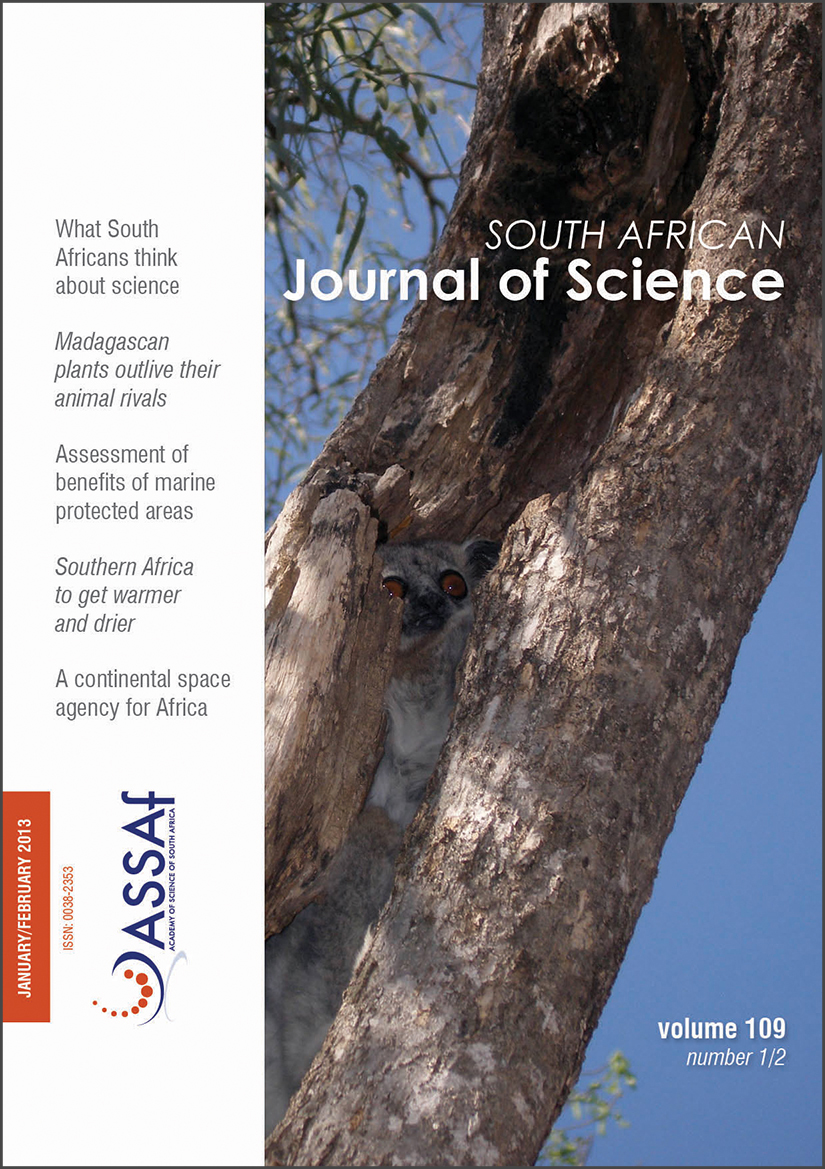Vegetable oil based liquid nanocomposite dielectric
DOI:
https://doi.org/10.1590/sajs.2013/1274Keywords:
power transformer, vegetable insulating oil, nanodielectrics, liquid nanocomposite dielectric, silica aerogel powderAbstract
Physically smaller dielectric materials would improve the optimisation of space for power systems. Development of nanotechnology provides an effective way to improve the performances of insulating oils used in power system applications. In this research study, we focused on the development of nanomodified vegetable oils to be used in power transformers. Higher conduction currents were observed in virgin linseed oil than in virgin castor oil. However, for both virgin linseed and virgin castor oil, the DC conduction current increased approximately linearly with the applied DC voltage. In nanomodified linseed oil, the characteristic curve showed two distinct regions: a linear region (at lower applied voltage) and a saturation region (at slightly higher voltage). Conversely, in nanomodified castor oil, the characteristic curve showed three distinct regions: a linear region (at lower applied voltage), a saturation region (at intermediate applied voltage) and an exponential growth region (at higher applied voltage). The nanomodified linseed oil exhibited a better dielectric performance than the nanomodified castor oil. Overall, the addition of nanodielectrics to vegetable oils decreased the dielectric performance of the vegetable oils. The results of this study contribute to the understanding of the pre-breakdown phenomenon in liquid nanocomposite dielectrics.
Published
Issue
Section
License

All articles are published under a Creative Commons Attribution 4.0 International Licence
Copyright is retained by the authors. Readers are welcome to reproduce, share and adapt the content without permission provided the source is attributed.
Disclaimer: The publisher and editors accept no responsibility for statements made by the authors
How to Cite
- Abstract 376
- PDF 380
- EPUB 174
- XML 184












.png)